The 10 Most Threatened Mammals In The US
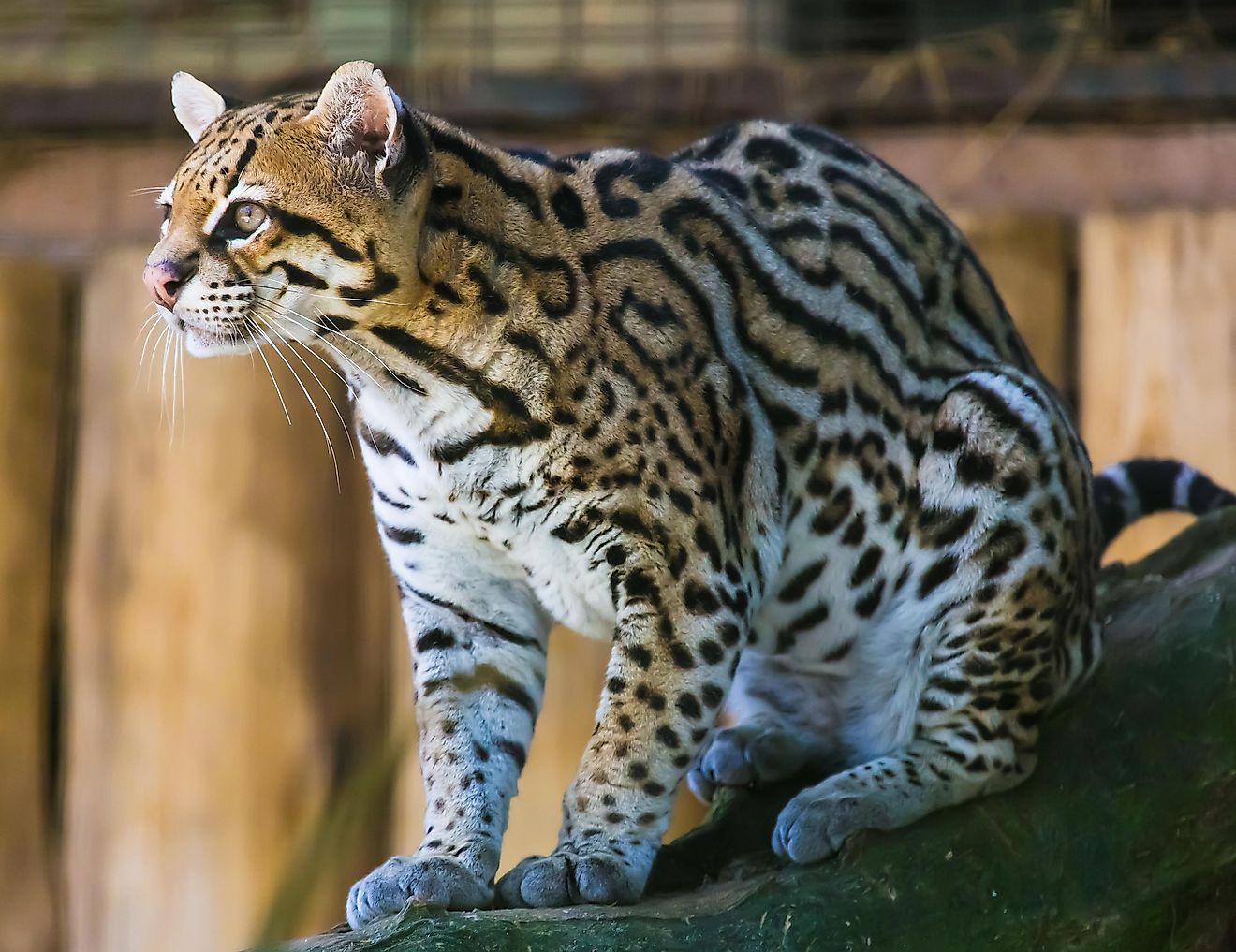
- Red tree voles only live in Oregon.
- Beluga whales can swim backwards.
- White-sided jackrabbits stay together even after they breed.
An endangered species is a species that may soon become extinct, either worldwide or in a particular area. Species become endangered because of loss of habitat, an invasive species, human behavior, or poaching. The International Union for Conservation of Nature (IUCN) will determine if a species is endangered or not, and other agencies will help access and record data about species. 20% of mammalian species are hoping to still exist on Earth, and some of those mammals live in the United States. Read through the following paragraphs to learn about the ten most threatened mammals of the U.S.
10. Giant Kangaroo Rat
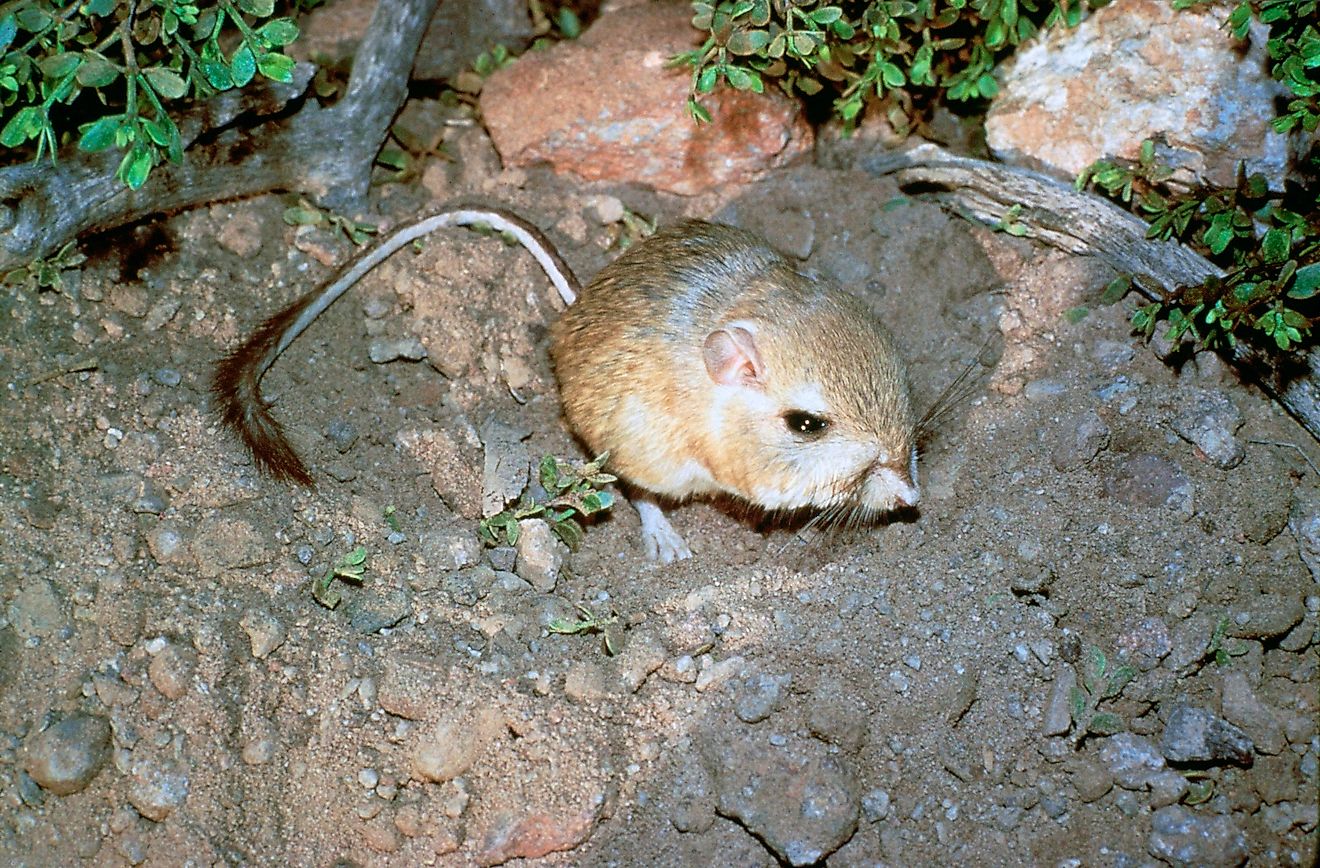
The giant kangaroo rat is an endangered species that lives in California. It is the largest of the kangaroo rats at about 15 centimeters in length. It is tan-colored with a large head and large eyes. The Giant Kangaroo Rat lives in grasslands and digs burrows. It is experiencing severe habitat destruction. They feed on seeds, green plants, and insects. Agricultural development and human behavior have reduced the giant kangaroo rat's habitat size.
9. Ocelot
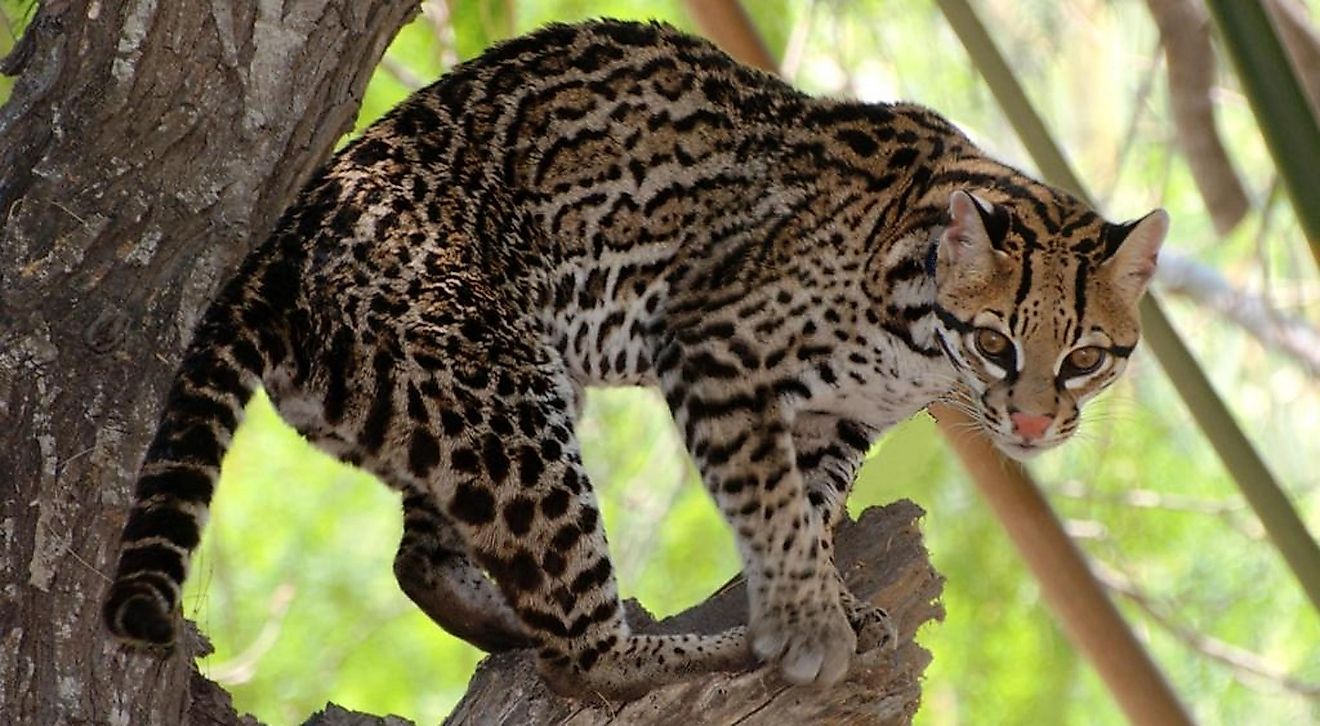
The Ocelot is a small, wild cat that lives in Southwestern U.S., Mexico, and Central and South America. The cats are about 35 inches long and weigh between 28-35 kg. They have piercing black eyes and a spotted coat that many hunters desire. Ocelots are good swimmers and live in areas with plenty of vegetation.
Ocelots have plenty of threats to their survival. Ocelots live in areas like wetlands, tropical forests, scrublands, and grasslands. Loss of habitat has forced them to travel further and further away from their homes to find prey. Ocelots are not able to find mates then, which means they cannot reproduce. Habitat destruction also makes it harder to find food and a safe home.
8. Beluga Whale
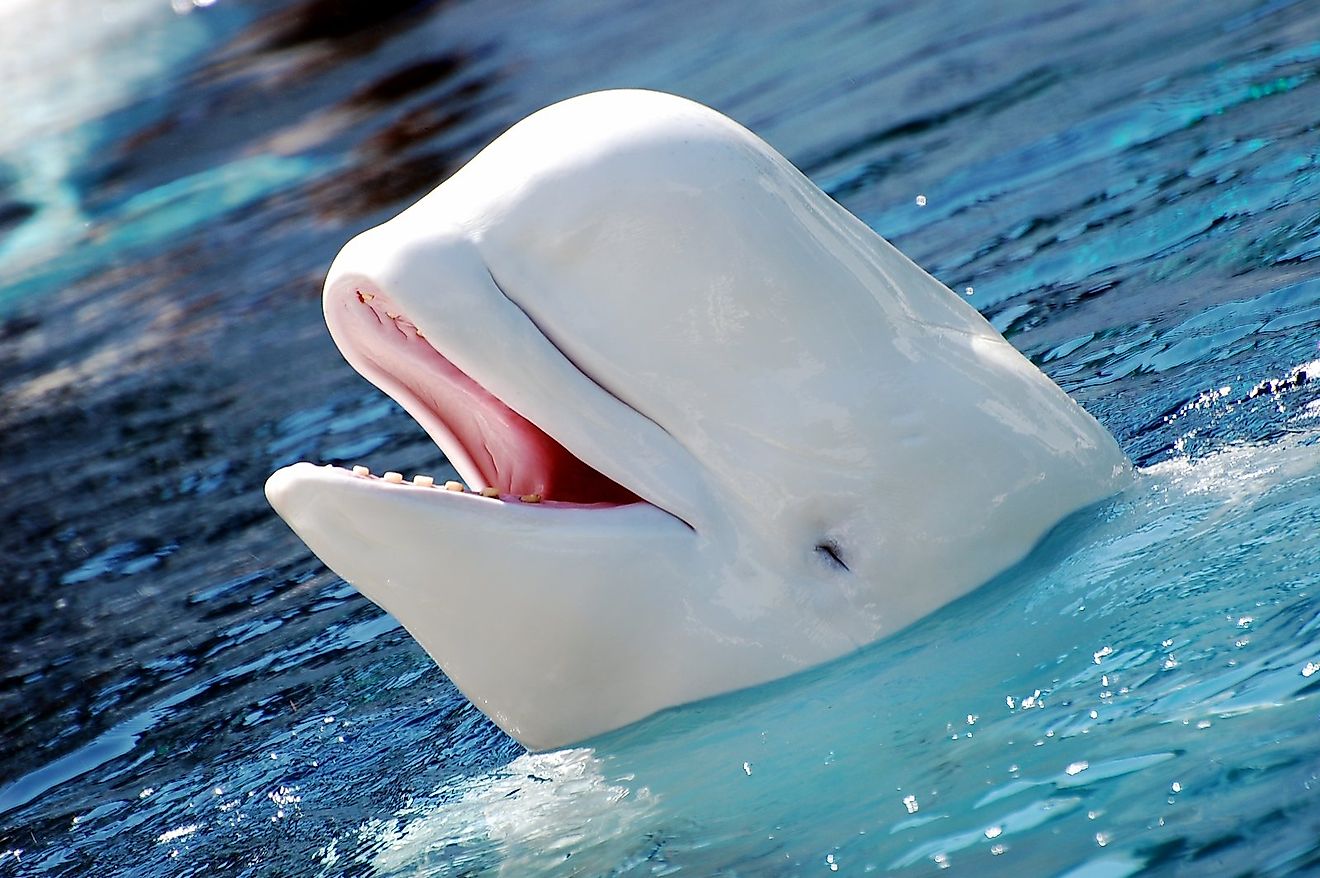
Beluga whales live in the Arctic region of the United States, and they migrate during winter. They are known as sea canaries because of their high-pitched calls. Beluga whales face a number of threats to their population. They are still hunted by some Arctic indigenous peoples. The largest threat the species faces is human activity, including oil and gas development, climate change, and pollution. Chemical contaminants have hurt them by increasing bacterial infections, parasites, ulcers, and cancer.
7. Utah Prairie Dog
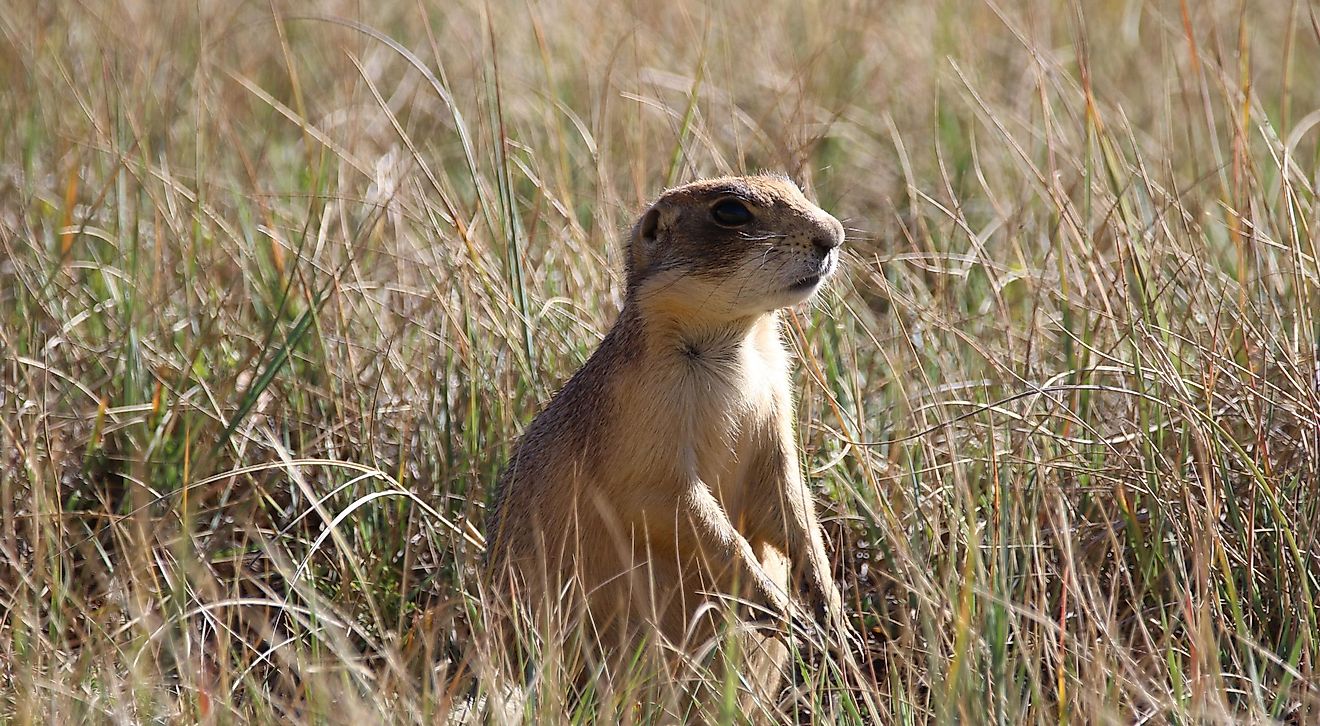
The Utah prairie dog became federally managed on August 17, 2017, and the species is now protected under the endangered species act. It lives in Southwestern Utah. The Utah prairie dog is about 12-14 inches in length and weighs between 1-3 pounds. They are usually light brown or tan in color with black markings above their eyes. These prairie dogs eat seeds, flowers, grasses, leaves, and insects. Utah prairie dogs build tunnels underground where they live. They are threatened to extinction by human behavior, disease, climate change, and habitat loss.
6. Carolina Northern Flying Squirrel
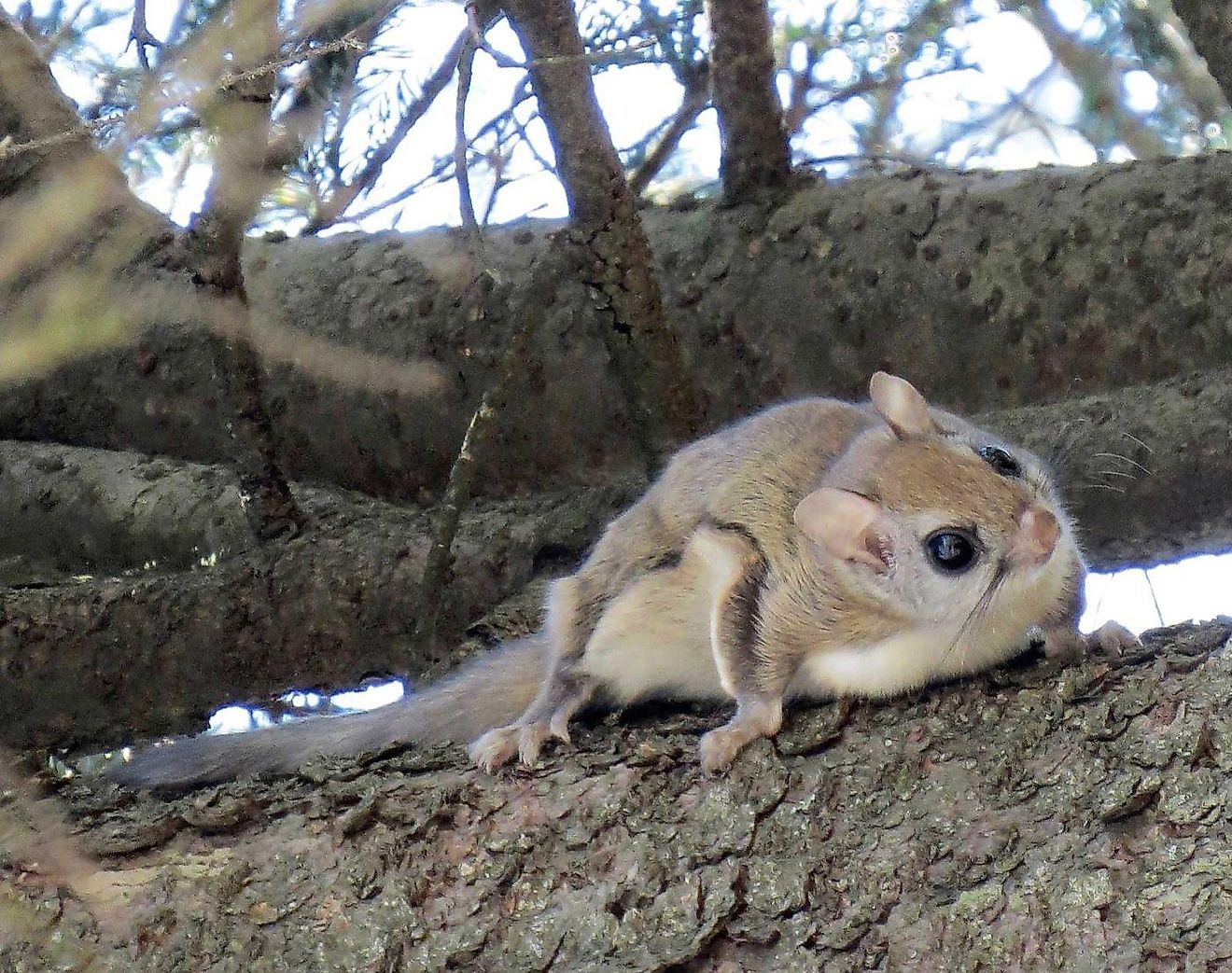
The Carolina northern flying squirrel lives in high elevation areas of North Carolina, Tennessee, and Southwest Virginia. The Carolina northern flying squirrel is bigger than the southern flying squirrel. Carolina flying squirrels like cool and moist areas to live in. They eat fungi, lichen, seeds, and insects.
The Carolina flying squirrel is endangered mostly due to human behavior. Habitat loss, deforestation, pollution, recreation and residential development, and invasive species are all a threat to the survival of the species. Efforts to expand the forest areas they live in should help their survival.
5. Northern Sea Otter
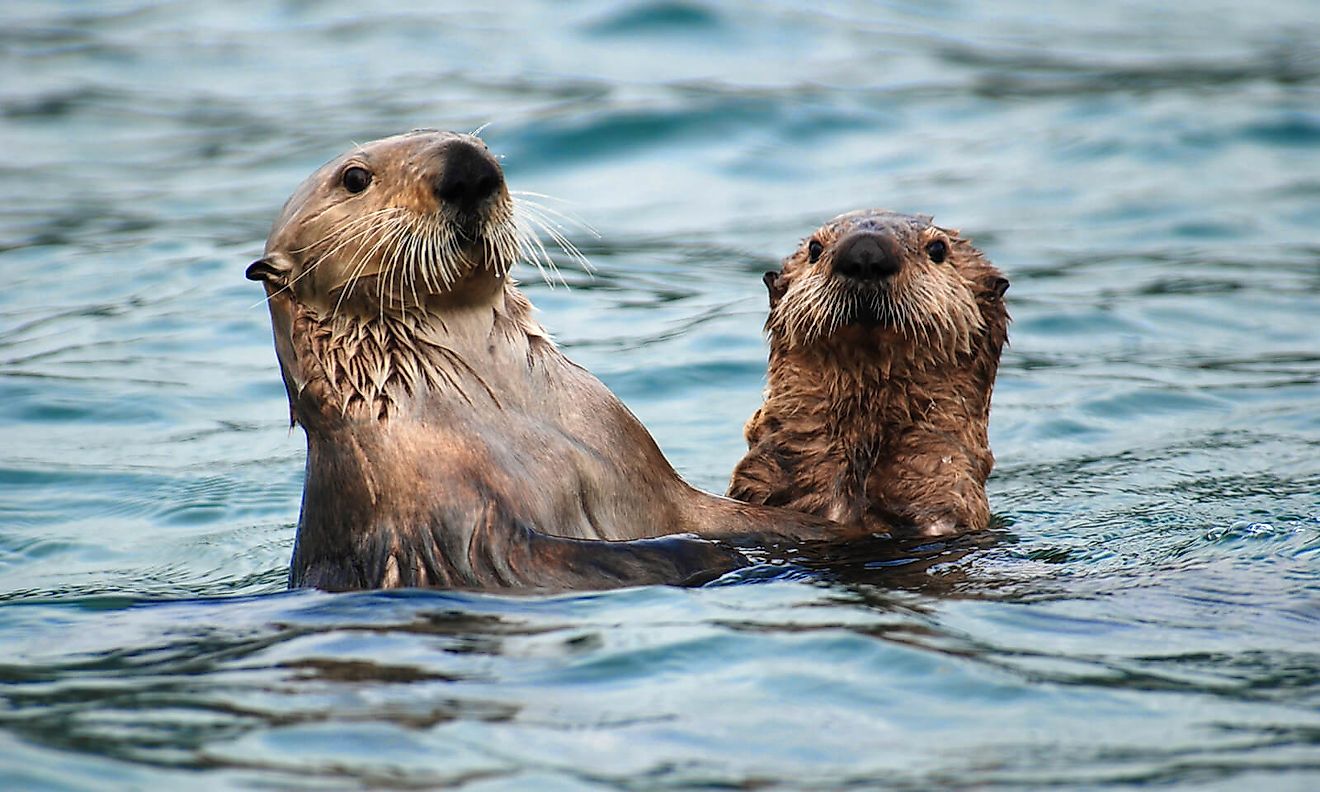
The Northern sea otter is protected from hunting and harassment by the Marine Mammal Protection Act of 1972. It is also listed as endangered in Washington under the State Endangered Species Act. The threats to its survival are mostly human-related, which include habitat destruction, pollution, competition for shellfish, and even accidents with commercial fishing equipment.
Sea otters are part of the weasel family and live in the nearshore waters on the North Pacific Ocean. Sea otters dive together to find food on the ocean floor such as clams, crabs, sea urchins, snails, octopus, and sometimes fish. They can remain underwater for up to 4 minutes. Their average lifespan is about 15 to 20 years. Sea otters usually have only a single pup during each breeding cycle.
4. Sierra Nevada Red Fox
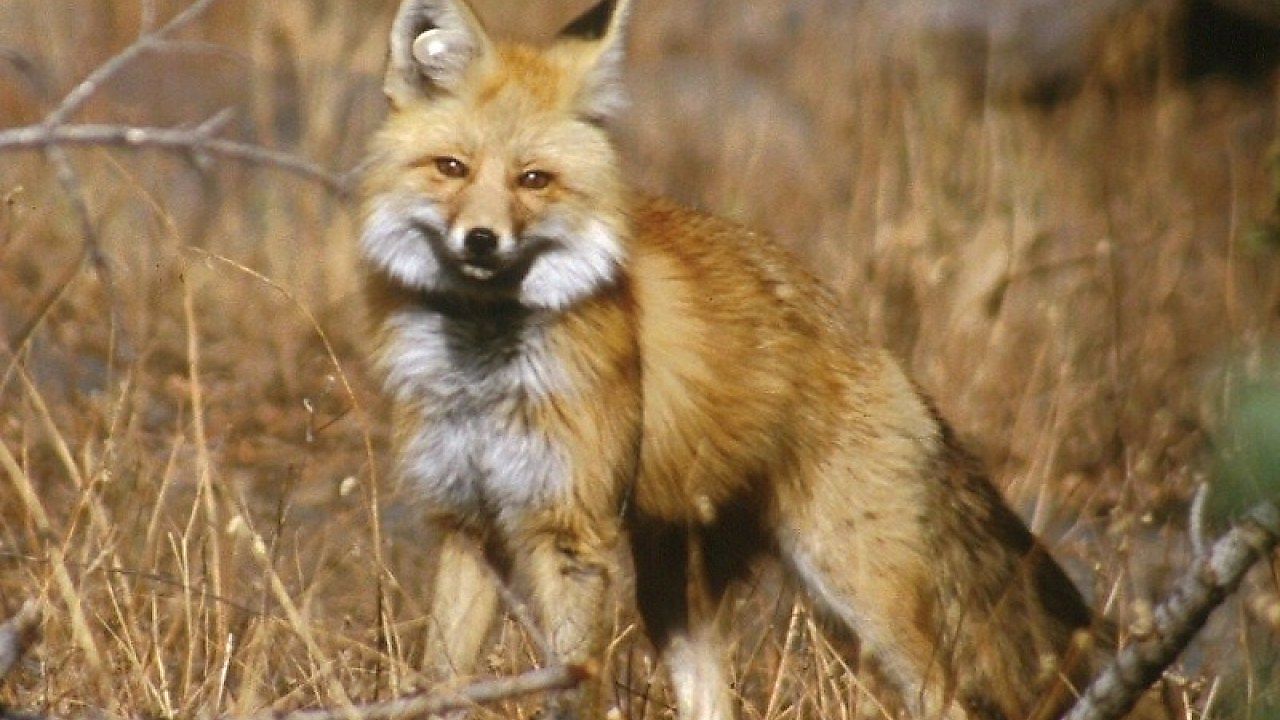
The Sierra Nevada red fox has darker colored fur compared to the red fox. It prefers to make its den in rock outcrops, hollow logs, or a burrow in the soil. Not much is known about the Sierra Nevada red fox since a sighting of the fox is rare. It is assumed that they act similar to a red fox in its choices of dens, hunting tactics, and breeding behavior. The Sierra Nevada red fox is shy and may even avoid humans. The California Department of Fish and Game is surveying high-elevation habitats near Yosemite National Park to learn more about the Sierra Nevada red fox.
3. Woodland Caribou
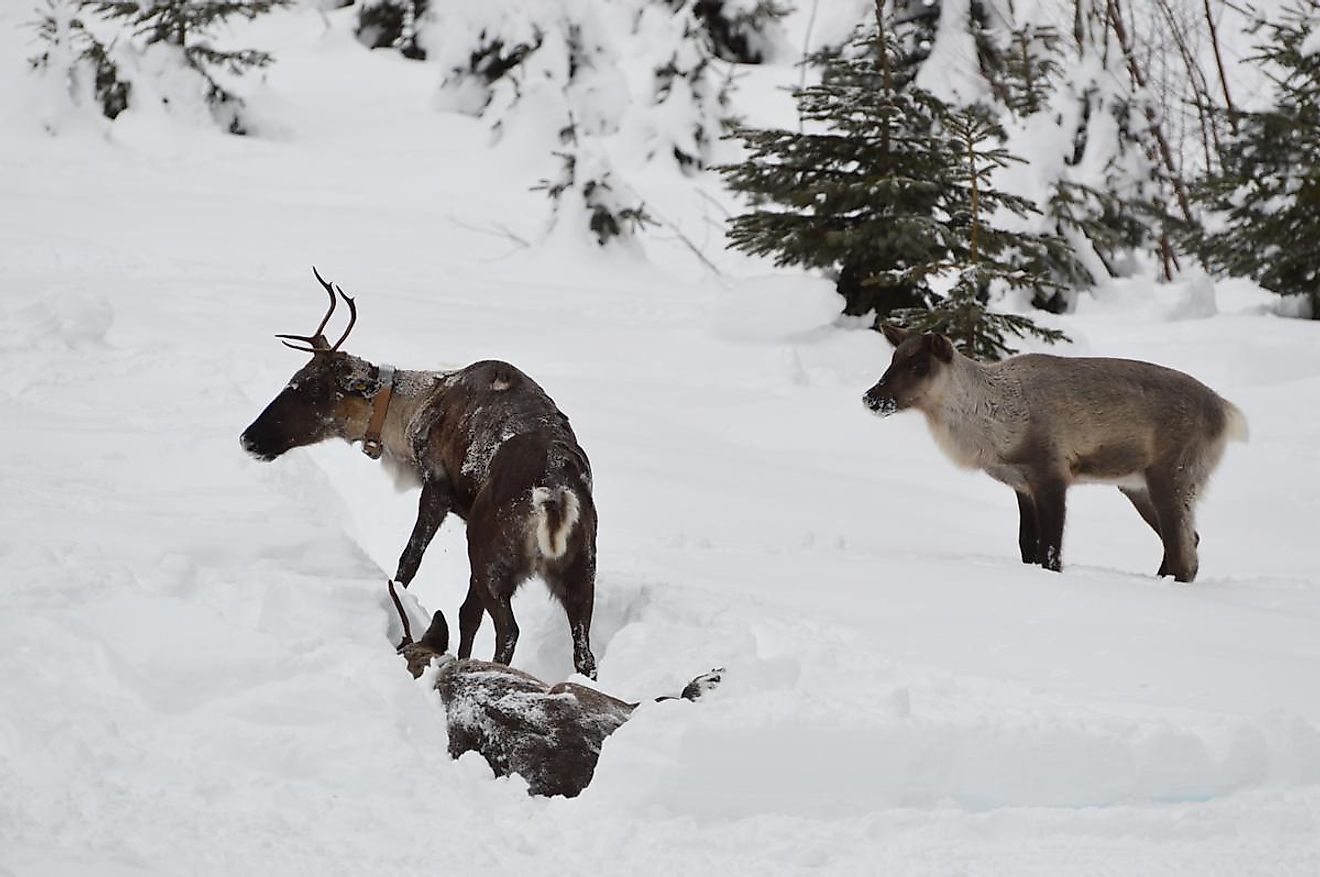
Woodland Caribou are no longer found in the lower 48 states, and they are considered functionally extinct. These caribou are internationally known as Selkirk caribou. The herd was once part of a larger group of caribou that lived throughout the Pacific Northwest. Human activity such as hunting, logging farming, and snowmobiling forced the group to break into smaller groups. Adult caribou can weigh up to 600 lb. They eat a plant that grows on very old trees, so aggressive logging really hurts the animals.
2. Florida Panther
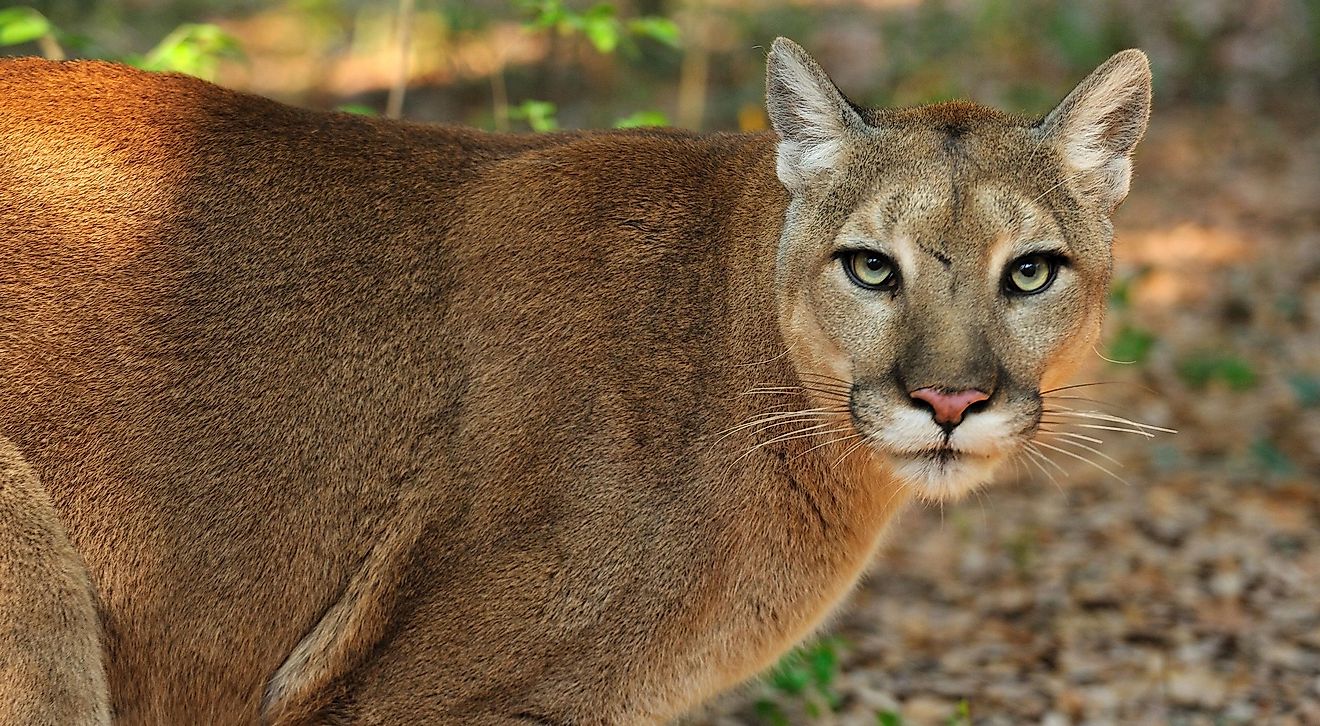
Panthers are very intelligent and agile creatures. They are usually very quiet and cautious. The animals prefer not to live around people. Panthers are also very territorial and aggressive. The Florida panther is the only mountain lion species that lives east of the Mississippi River. The Florida panther was hunted to near extinction by the 1950s. Panthers are perceived as a danger to humans, other animals, and livestock. The Florida panther was added to the endangered species list in 1973. Panthers prey on deer, wild boar, birds, rabbits, and other species. Florida panthers are experiencing habitat loss because of human development and are sometimes hit by cars.
1. Grey Wolf
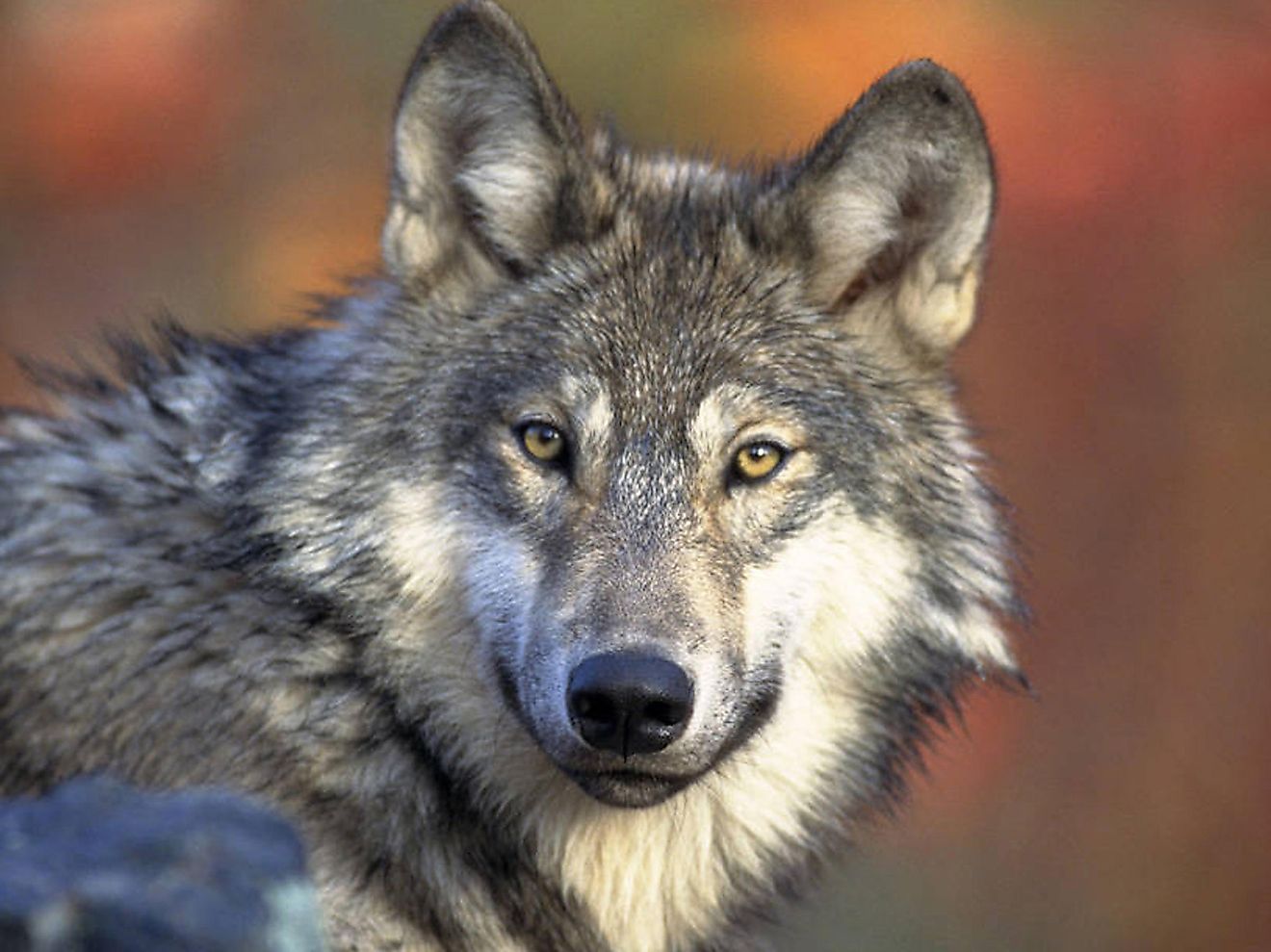
There used to be about 2,000,000 gray wolves in North America at one time. By 1920, there were only about 30 to 40 in Yellowstone National Park. Gray wolves are important to the ecosystem since they balance prey populations. They can live in a range of areas and are very adaptable. They have a bad reputation because they also preyed on livestock. Because of conservation efforts from groups like the Center for Biological Diversity, about 5,000 gray wolves live in the lower 48 states.











